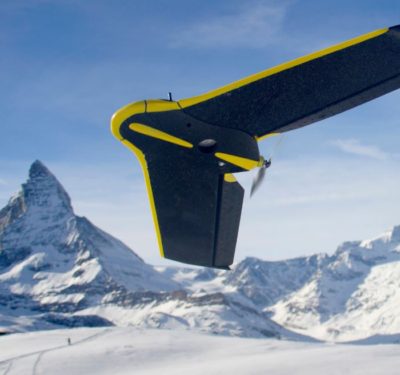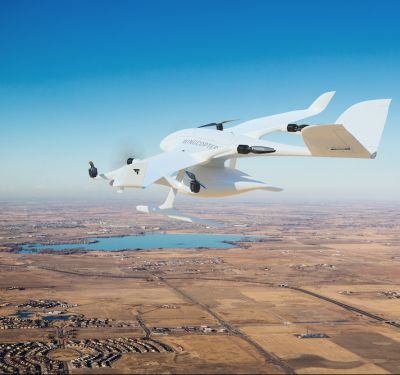
History was made this week when Iris Automation, an industrial drone collision avoidance developer, and the Kansas Department of Transportation (KDOT) successfully completed a pioneering true FAA-approved beyond visual line of sight (BVLOS) Unmanned Aircraft Systems (UAS) flight.
When the fixed-wing drone flew nine miles on Nov. 12, it marked the first time that a drone relied solely on onboard detect-and-avoid systems in lieu of a visual observer or costly ground-based radar—two limiting elements that the FAA would have required in the past under Part 107.
FAA approved the flight based on confidence in Iris Automation’s turnkey detect-and-avoidance system called Casia. The configurable technology provides commercial drones with automated collision avoidance maneuvers that allow them to detect, track and classify other aircraft, and respond to potential threats using industrial cameras and the technology company’s proprietary algorithms.
This milestone is the result of KDOT’s collaborative UAS Integration Pilot Program (IPP), which is made up of a 31-member team including Kansas’ largest energy provider, Evergy, Inc. and Kansas State Polytechnic ,among others. For two days, the Casia-equipped fixed-wing drones completed more than 150 miles of power line inspection across seven BVLOS flights.
“This marks the first true BVLOS flight in the nation and is a tremendous milestone for the drone industry,” said Iris Automation CEO Alexander Harmsen in a press release. “We see this as one of the most notable accomplishments to come from the IPP program to date. We’re thrilled to set the precedent and bring our industry’s utilization of drones from dream to reality.”
According to said Kurt J. Carraway, UAS Executive Director of the Applied Aviation Research Center at K-State Polytechnic, this approval, “creates a gateway for utility companies such as Evergy to create efficiencies in transmission line inspections using unmanned aircraft,” and is the first step toward enabling routine commercial inspections across the state in the future.
In addition to monitoring and inspecting infrastructure such as power lines, BVLOS flights can be used to help farmers observe and collect data to improve crop yields. It also has tremendous potential for other applications such as public safety and disaster relief support during natural disasters—which is particularly relevant in tornado-generating areas such as Kansas.
For more information about Iris Automation and its Casia technology, click here.






